Introduction
Spinal stenosis is a condition characterized by the narrowing of the spinal canal, leading to compression of the spinal cord and nerves. While it can affect both men and women, there are specific considerations when it comes to spinal stenosis in women.
In this article, we’ll delve into the causes, symptoms, and treatment options for spinal stenosis, with a focus on its impact on women’s health.
Dr. Vignesh Pushparaj, a leading spine surgeon in Chennai, is highly skilled in diagnosing and treating spinal stenosis in women. He offers a comprehensive approach that combines advanced diagnostic techniques with effective treatment options to help women regain their mobility and quality of life.
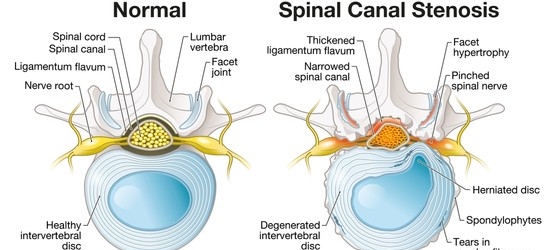
What is Spinal Stenosis?
Spinal stenosis occurs when the spaces within the spine narrow, putting pressure on the spinal cord and nerves. This can lead to various symptoms, including pain, numbness, and weakness in the affected areas.
There are two main types of spinal stenosis: lumbar spinal stenosis, which affects the lower back, and cervical spinal stenosis, which affects the neck.
Causes of Spinal Stenosis
Several factors can contribute to the development of spinal stenosis, including:
- Degenerative changes in the spine: Over time, the spine may undergo degenerative changes, such as the formation of bone spurs or the thickening of ligaments, which can narrow the spinal canal.
- Aging process: As we age, the risk of developing spinal stenosis increases due to wear and tear on the spine.
- Traumatic injuries: Injuries to the spine, such as fractures or dislocations, can result in spinal stenosis.
- Congenital factors: Some individuals may be born with a narrow spinal canal, increasing their risk of developing spinal stenosis later in life.
- Lifestyle factors: Certain lifestyle factors, such as a sedentary lifestyle, obesity, and poor posture, can also contribute to the development of spinal stenosis.
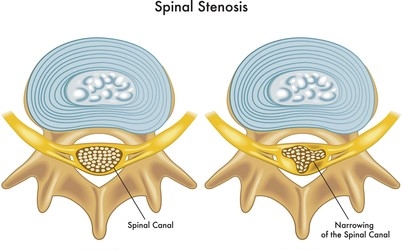
Spinal Stenosis Symptoms
The symptoms of spinal stenosis can vary depending on the location and severity of the condition.
Common symptoms include:
- Pain or discomfort in the back, legs, neck, or arms.
- Numbness or tingling sensations.
- Weakness in the affected areas.
- Difficulty walking or maintaining balance.
- Changes in bladder or bowel function.
In women, spinal stenosis may also cause specific symptoms related to reproductive health and pelvic floor function.
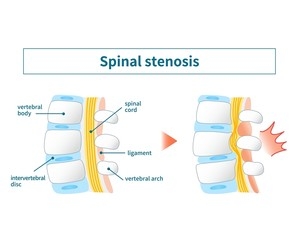
Diagnosis of Spinal Stenosis
Diagnosing spinal stenosis typically involves a combination of physical examination and imaging tests. A healthcare professional will perform a thorough physical examination to assess symptoms and evaluate range of motion.
Imaging tests such as X-rays, MRI (Magnetic Resonance Imaging), or CT (Computed Tomography) scans may be ordered to confirm the diagnosis and assess the severity of the condition.
Why are Women More Prone to Spinal Stenosis?
There are two main reasons why women are more likely to develop spinal stenosis:
- Hormonal Changes: During menopause, women experience a decrease in estrogen levels. Estrogen helps to maintain the strength and flexibility of ligaments and bones in the spine. With lower estrogen levels, these structures can weaken and become more susceptible to degeneration, which can contribute to narrowing of the spinal canal.
- Anatomical Differences: The female pelvis is wider than the male pelvis. This can cause the spinal canal to be naturally narrower in women, making them more prone to stenosis when narrowing occurs due to other factors.
Effective Treatment Options for Spinal Stenosis in Women
There are a variety of treatment options available for spinal stenosis in women. The best approach will depend on the severity of your symptoms and the location of the narrowing.
Dr. Vignesh Pushparaj will work with you to develop a personalized treatment plan that addresses your specific needs.
Treatment for spinal stenosis aims to relieve symptoms, improve mobility, and prevent further progression of the condition.
Depending on the severity of the symptoms, treatment options may include:
- Non-surgical treatments: Physical therapy, exercise regimes, and medications such as pain relievers or anti-inflammatories may help manage symptoms.
- Epidural steroid injections: Injections of corticosteroids into the affected area can help reduce inflammation and relieve pain.
- Surgical interventions: In cases where conservative treatments are ineffective, surgical options such as decompression surgery or spinal fusion surgery may be recommended.
- Lifestyle Modifications: Maintaining a healthy weight, practicing good posture, using proper lifting techniques, and applying heat or ice therapy can all contribute to pain management and improved mobility.
Lumbar Spinal Stenosis Treatment in Chennai
Chennai is home to some of the best spine surgeons and medical facilities, offering a range of treatment options for lumbar spinal stenosis. Patients in Chennai have access to advanced surgical techniques and comprehensive rehabilitation services to support their recovery.
Finding the Right Spine Specialist in Chennai
If you are experiencing symptoms of spinal stenosis, it’s important to consult with a qualified spine specialist like Dr. Vignesh Pushparaj. He is a highly experienced spine surgeon in Chennai who specializes in diagnosing and treating.
Conclusion:
Spinal stenosis can have a significant impact on women’s health, causing pain, discomfort, and mobility issues. By understanding the causes, symptoms, and treatment options for spinal stenosis, women can take proactive steps to manage their condition and improve their quality of life.
With access to advanced treatments and experienced spine surgeons, patients in Chennai can receive the care and support they need to overcome spinal stenosis and regain their mobility and independence.

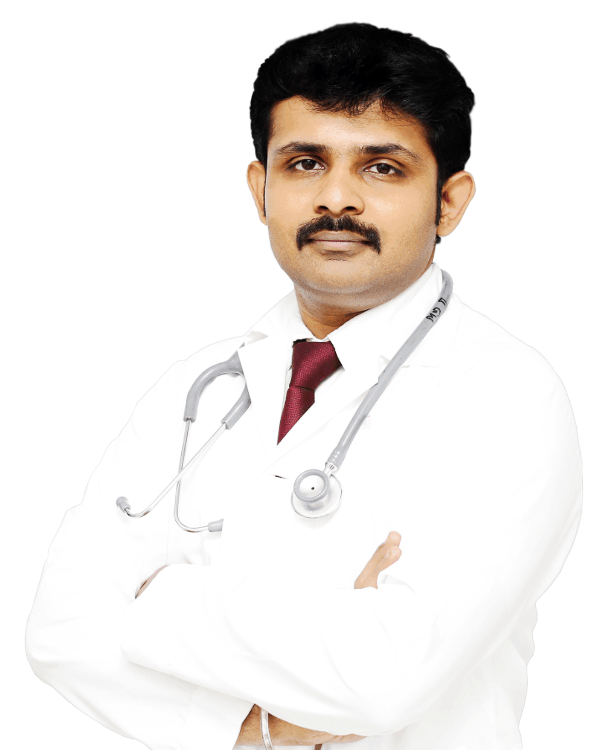
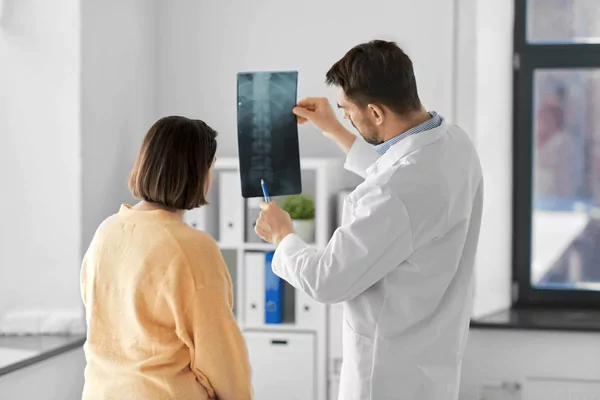
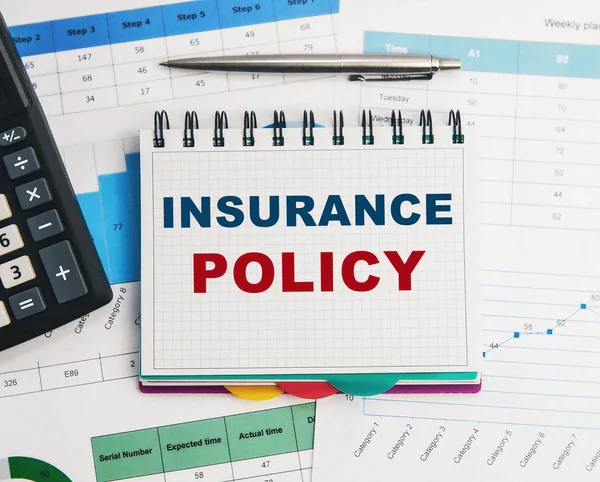

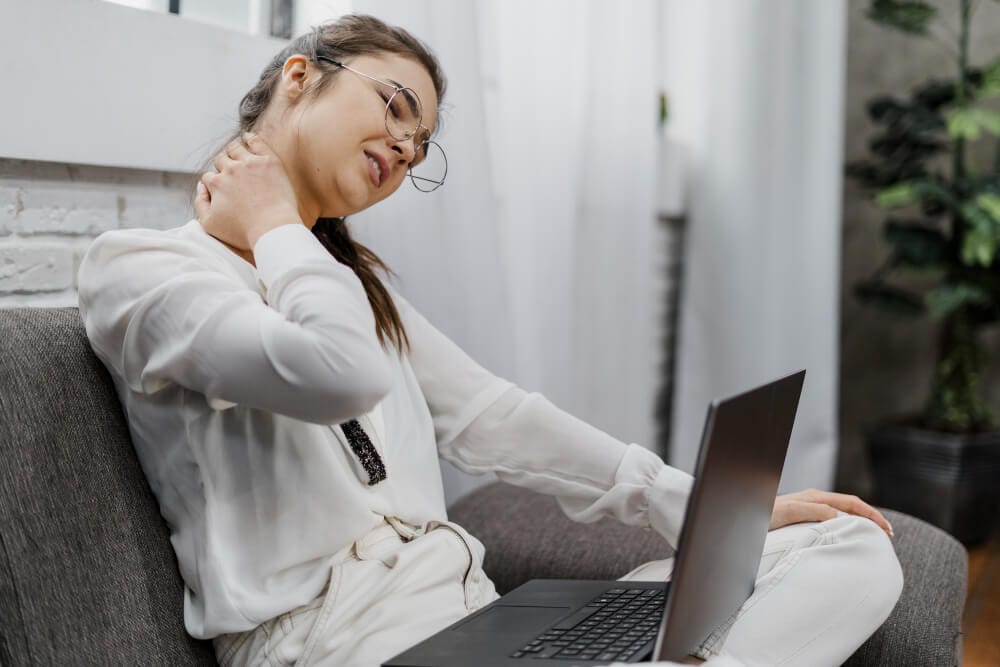
0 Comments